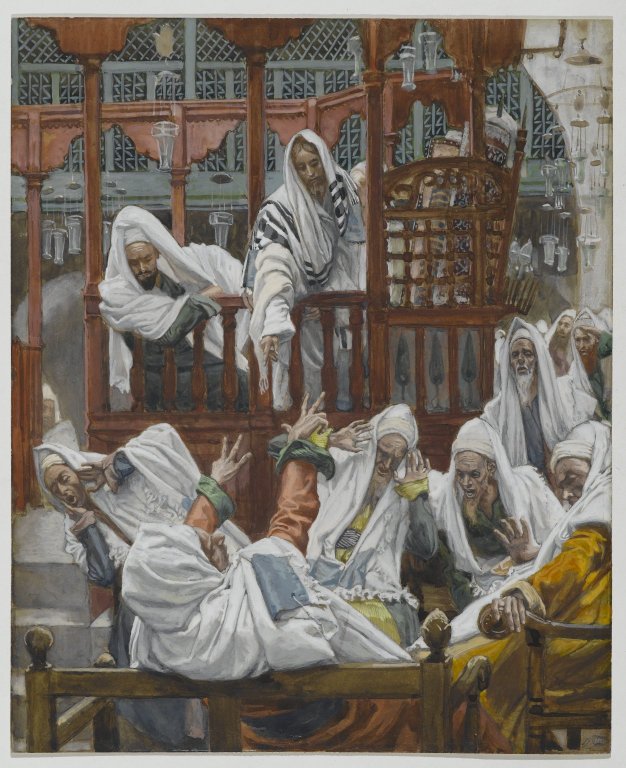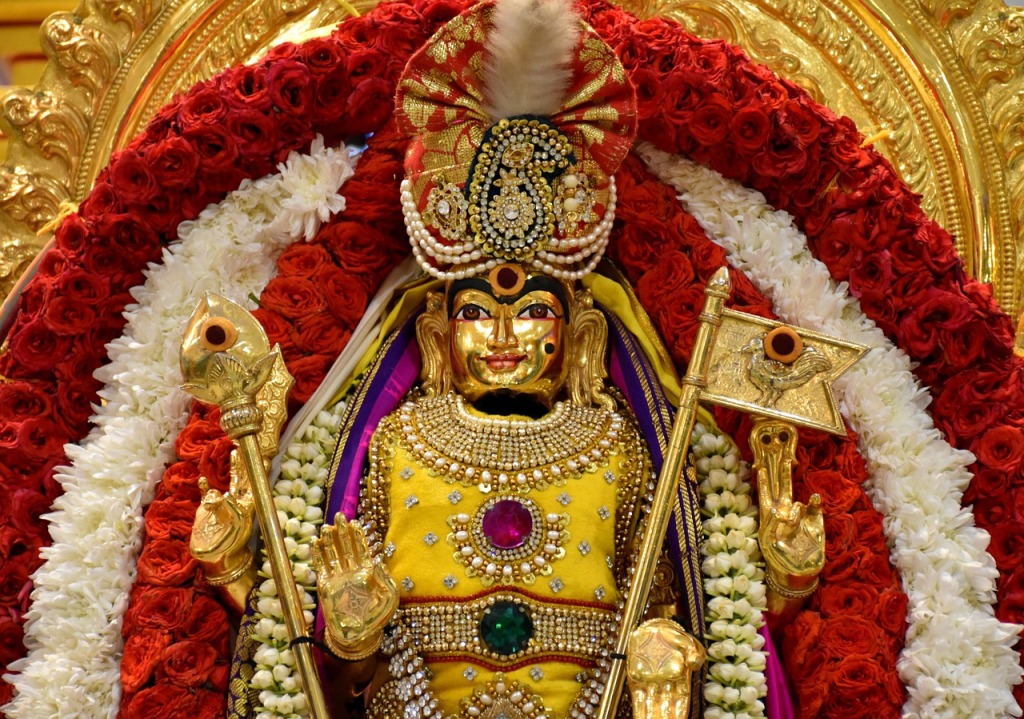Diamonds that form naturally are between 1 to 3.5 billion years old. In the first century CE, Pliny the Elder stated: “Diamond is the most valuable, not only of precious stones, but of all things in this world.”
The diamond’s journey to the glittering brilliance that graces our eyes is one that is characterised by deep darkness, extreme difficulties and treacherous turmoils. Diamonds form deep in the earth under extreme heat and pressure. It’s then forced–ejected violently upwards–from its hiding place by nature or by man till it arrives at or near the earth’s surface. It’s then cleaved, cut and polished till its natural brilliance finally shines through.
Diamond is a cubic crystal of pure carbon with a hardness of 10—the hardest of all substances. Diamonds are often colourless, but can embody a variety of hues such as yellow, brown, blue, pink, green, orange or red. The lovers of this gem believe it provides spiritual protection, as well as qualities such as victory, courage, faithfulness, purity and enhancement of love.
The world’s love of diamonds began in India, where diamonds were collected from the country’s rivers and streams. Some historians estimate that India was trading in diamonds as early as the 4th century BC. Indian diamonds found their way, along with other exotic merchandise, to Western Europe in the caravans that traveled to the medieval markets of Venice. By the 1400s, diamonds became fashionable accessories for Europe’s elite.

In the early 1700s, India’s diamond supplies began to decline, which led to the emergence of Brazil as an important source of the much sought after gem. Diamonds were discovered in the pans of gold miners as they sifted through the gravels of local rivers. Once it reached its full potential, Brazil dominated the diamond market for more than 150 years.
The story of the modern diamond market, however, begins in 1866, when diamonds were discovered in Kimberley, South Africa. 22 years later, entrepreneur Cecil Rhodes would go on to establish De Beers Consolidated Mines Limited; and by 1900 the company would control an estimated 90 percent of the world’s production of rough diamonds.
Unlike gold, diamonds are not a financial asset. The role they play is largely psychological–especially in the context of marriage. And yet, we feel compelled to buy and receive them to symbolise the commitment we will make to that special someone. The reality is, it’s only been three-quarters of a century since diamonds became a symbol of wealth, power… and romance. None of this would have happened if not for a brilliant, multifaceted marketing strategy designed and executed by ad agency N.W. Ayer in the early 1900s for their client, De Beers. Over the course of a few decades, N.W. Ayer helped De Beers successfully turn a failing market into a matrimonial necessity, all during a period of war and economic turmoil.

The use of rings as a symbol of commitment dates back to ancient history. The betrothal rings of the ancient Romans were formed from twisted copper or braided hair and were worn on the third finger of the left hand. The placement of the ring was significant, as Romans believed that the vena amorous–a vein in the third finger–linked directly to the heart. Betrothal rings were given as a sign of affection or friendship and did not always represent the rite of marriage.
The history of the engagement ring, however, began in 1215, when Pope Innocent III declared a waiting period between a betrothal and the marriage ceremony. The rings were used to signify the couple’s commitment in the interim. It was around this same time that rings were introduced as a major component of the wedding ceremony, and it was mandated by the Roman government that all marriage ceremonies be held in a church. In addition to serving as symbols of an intention to marry, these early rings also represented social rank; with only the crème de la crème permitted to wear ornate rings encrusted with jewels.
Alternative Diamonds?
In February 2021, diamond prices rebounded from a coronavirus-driven slump. The pandemic dealt a big blow to the diamond industry last year, with every link in the supply chain—from miners to diamond cutters to luxury boutiques—being closed or seeing activity curtailed. Along with miners and processors, jewellery retailers saw a decline in their revenue as the lockdown forced non-essential businesses into temporary closure. Demand for diamond jewellery has been steadily recovering since retailers began reopening last summer in Asia.
The pandemic also forced the industry to embrace new technology at a faster rate. Before lockdowns, retailers had their doubts regarding whether consumers would be prepared to buy expensive diamonds online. But strong and unprecedented demand for internet offerings has helped diamond sales recover while modernising some businesses.

At 48%, the US accounts for the largest share of polished diamonds worldwide. The latest Global Diamond Report 2019 from Bain & Company in association with the Antwerp World Diamond Centre identified that the three greatest disruptions in the mined-diamond market are: online sales, lab-grown diamonds, and consumers’ growing demand for sustainable business practices.
The Kimberley Process is a multilateral trade regime established in 2003 with the goal of preventing the flow of conflict diamonds. The core of this regime is the Kimberley Process Certification Scheme (KPCS) under which States implement safeguards on shipments of rough diamonds and certify them as “conflict free”. In 2019, around 13.5 billion dollars worth of diamonds were traded through the KPCS. While the KPCS has had its fair share of criticism and detractors over the years, it is believed to have reduced the amount of ‘blood diamonds’ in circulation.
Millennials and now Generation Z–the main purchasers of diamonds for engagement rings–are moving away from mined diamonds, with nearly 70% of millennials considering buying a lab grown-alternative. The Bain report pegs the lab-grown diamond market’s growth between 15% to 20% in 2019; and given that traditional jewellers have only recently begun to sell lab-growns, their market share in the jewellery industry is only going to grow and grow fast.
Much like diamonds that grow within the earth, lab-grown diamonds are also created using extreme pressure and heat–but inside a machine. The technology behind lab diamonds has made crucial advances in recent years, allowing companies to create higher quality diamonds more rapidly with greater cost-efficiencies. This has led to increased competition between lab-diamond and mined-diamond companies. As to whether the lab grown diamonds are actually more eco-friendly in terms of carbon footprint–it is too soon to tell. While there are some studies on the topic, the findings so far have been conflicting and it is safe to say the jury is still out and hasn’t come back with a conclusive verdict on the matter.
While engagement ring customs are not universal–and they most certainty have not been around forever–the universal aspect of marriage includes starting a life together. The customs themselves may vary, but the ring is a symbolic gesture that assures the true intention to follow through.
The diamond is a symbol for enduring commitment. When commitment is clear and mutual, that commitment promotes a sense of safety in the connection and the future of the relationship. Cynics may say that the diamond ring is nothing but economic collateral; a hangup and hangover from an era where women were not permitted to work and that it doesn’t apply to the present generation anymore.
With 50 percent of marriages ending in divorce, it would be foolish to assume that the diamond ring represents enduring and rock-hard sanctity of marriage itself. As to what the diamond truly represents to the person who longs for one–and longs to buy one for that special someone–your guess is perhaps as good as mine.




Leave a comment